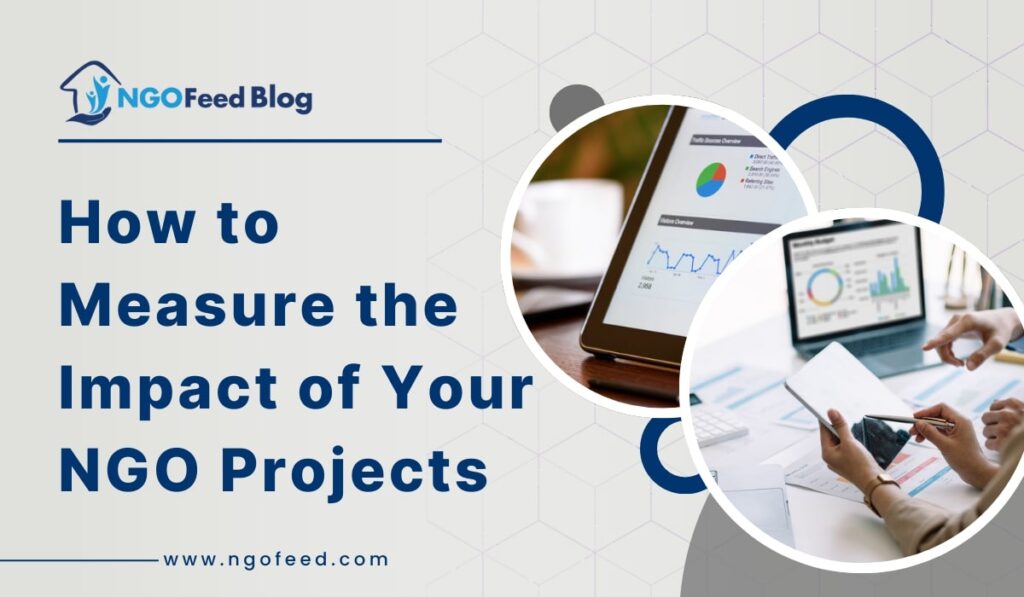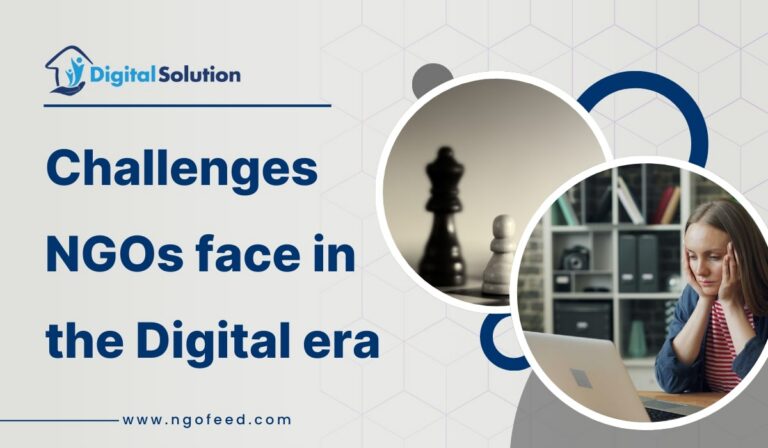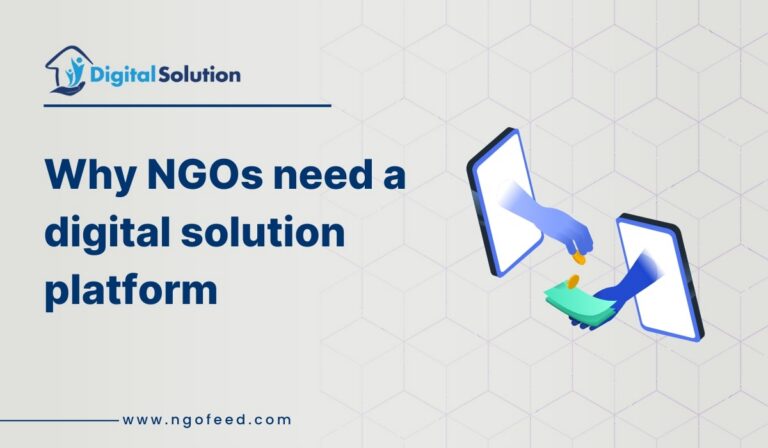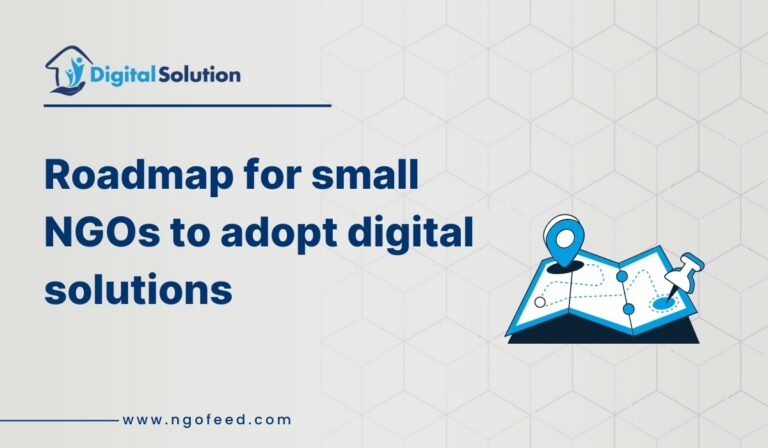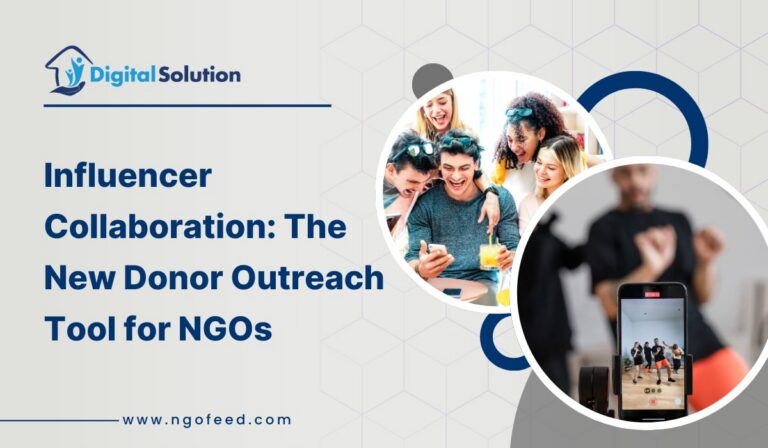How to Measure the Impact of Your NGO Projects: It is important to measure the impact of NGO projects not only to comply with accountability requirements of funders and stakeholders, but also to improve processes, improve interventions, and ensure that the communities being served are experiencing meaningful, enduring change. Profit-seeking organizations typically operate within contexts of tangible change in a shorter period of time, while the NGO sector resides within contexts that are often less tangible and may take years to materialize. Therefore, it is vital that NGOs build structured processes to measure whether their programs have been effective.
This article will serve as a useful resource to measure the impact of NGO projects, present some considered frameworks, tools, and strategies for NGOs to consider.
Table of Contents
Why Measuring NGO Impact Matters?
- Accountability to Stakeholders: Donors management, governments, and partners want proof that their contributions help achieve something positive. Transparent reporting creates trust and confidence to assess future contributions.
- Learning and Improvement: When we measure our impact so that we know what works and what does not, we can utilize this knowledge as we improve programming and reallocate resources to maximum effect and avoid reinventing an ineffective wheel.
- Sustainability and Scale: When we assess the impact from pilot projects, we are able to assess the potential if we scale up the projects. If we can find sustainable solutions that worked through the evidence, we can replicate them across communities and regions.
- Community Empowerment: Impact assessment is more important than just tracking project success: it is also important that the communities themselves see the output for their own accountability. Impact assessment gives the beneficiaries an important role in assessing programs and contributing their voice to the evaluation process so that it keeps the projects relevant to community needs.
Also Read: LinkedIn vs X (Twitter) For NGOs: Which Social Network is Better for NGO Networking?
Key Concepts for Understanding Impact Measurement
Inputs, Outputs, Outcomes and Impact
- Inputs are the resources invested in the project and include money, staff, training, materials).
- Outputs are the direct deliverables of the activity (ex/ the total number of workshops, on street walks, etc.)
- Outcomes refers to the short and medium term effects (ex/ changed literacy rates after completing the workshops).
- Impact refers to the longer term, sustainable transformational change in communities (ex/ improvements in indicators of poverty and health).
Quantitative vs. Qualitative Measurement
- Quantitative accounts for numeric indicators such as enrollment ratios, employment, vaccination rates, etc.
- Qualitative accounts for what can be learned from interviews, focus group discussions and personal stories about lived experiences of change.
How to Measure the Impact of Your NGO Projects – Steps
Steps to Measure the Impact of NGO Projects
Step 1: Define Clear Goals and Objectives
Impact measurement begins with clarity of purpose. Use the SMART framework (Specific, Measurable, Achievable, Relevant, Time-bound) to define project goals. For instance:
- Instead of “Improve women’s empowerment,” aim for “Train 500 women in vocational skills within two years to enable them to earn independent incomes.”
Also Read: Video Content vs Image Content for NGOs: What Engages NGO Audiences Better?
Step 2: Develop a Theory of Change (TOC)
A Theory of Change maps out the logical pathway from activities to intended outcomes and ultimate impact. It answers the question: If we do this, what change will it lead to?
- Example: If an NGO provides clean water facilities → children suffer fewer waterborne diseases → school attendance improves → long-term educational outcomes increase.
Step 3: Choose Key Performance Indicators (KPIs)
Identify measurable indicators aligned with project goals.
- Health project KPI: Reduction in child mortality rate.
- Education project KPI: Percentage increase in school completion rates.
- Livelihood project KPI: Average increase in household income.
Step 4: Collect Baseline Data
Before launching a project, NGOs must gather baseline data to understand the existing conditions of beneficiaries. This becomes the benchmark for measuring progress.
- Example: If only 40% of girls attend school in a target village, baseline data ensures accurate comparison after project implementation.
Step 5: Implement Monitoring and Evaluation (M&E) Systems
- Monitoring: Continuous tracking of project activities and outputs.
- Evaluation: Periodic assessment of outcomes and impact to determine effectiveness.
NGOs can establish M&E frameworks with regular reporting cycles, feedback loops, and review mechanisms.
Also Read: Facebook vs Instagram for NGO Fundraising: Which Platform Should You Focus On?
Step 6: Use Data Collection Tools
Several tools and methods can be used depending on the project type:
- Surveys and Questionnaires: Collect large-scale data from beneficiaries.
- Focus Group Discussions: Provide in-depth qualitative insights.
- Interviews and Case Studies: Capture individual stories of change.
- Observation and Field Visits: Validate findings on the ground.
- Digital Tools: Mobile apps, SMS surveys, and GIS mapping to track impact efficiently.
Step 7: Analyze and Interpret Data
After collecting data, NGOs must analyze it to assess trends, patterns, and results.
- Quantitative analysis: Statistical methods like percentage change, growth rate, or regression analysis.
- Qualitative analysis: Thematic analysis of narratives, beneficiary feedback, and stories of transformation.
Step 8: Report and Communicate Results
Impact measurement is incomplete without transparent communication. NGOs should prepare reports tailored to different audiences:
- Donors and partners: Focus on outcomes, efficiency, and value for money.
- Community beneficiaries: Share findings in accessible formats (local language, community meetings).
- Policy makers: Highlight broader social and economic implications.
Step 9: Learn and Adapt
Feedback from evaluations should be integrated into future project cycles. An NGO that adapts based on lessons learned becomes more resilient, innovative, and impactful over time.
Also Read: Digital Transformation in Nonprofit Sector: Adoption, Barriers, and Benefits
Frameworks and Models for NGO Impact Measurement
- Logical Framework Approach (LogFrame): A widely used tool that links inputs, outputs, outcomes, and impact in a structured matrix.
- Social Return on Investment (SROI): Measures the social, environmental, and economic value created by a project relative to the investment. Example: Every $1 invested results in $4 worth of community benefit.
- Outcome Mapping: Focuses on behavioral changes in individuals and organizations rather than only numbers.
- Balanced Scorecard Approach: Adapts a business management tool for NGOs by measuring performance from financial, stakeholder, internal process, and learning perspectives.
Challenges in Measuring NGO Impact
- Attribution vs. Contribution: It is difficult to prove whether an outcome is directly caused by an NGO’s intervention or influenced by external factors (e.g., government policies, market changes).
- Resource Constraints: Many NGOs lack funds or skilled staff for extensive data collection and analysis.
- Intangible Outcomes: Some changes, like empowerment, confidence, or social cohesion, are hard to measure using conventional indicators.
- Cultural and Contextual Barriers: Local communities may resist formal surveys or may not express impact in measurable terms.
Best Practices for Effective Impact Measurement
- Engage Beneficiaries in the Process – Involve communities in defining indicators and assessing results.
- Combine Quantitative and Qualitative Data – Use numbers and stories together for a holistic picture.
- Leverage Technology – Mobile data collection, AI-driven analytics, and GIS mapping improve accuracy and reduce costs.
- Ensure Ethical Practices – Protect confidentiality, obtain consent and avoid data manipulation.
- Build Staff Capacity – Train NGO teams in M&E and data analysis.
Also Read: Organic Social Media vs Paid Social Media for NGOs: What’s Best for Your Nonprofits?
Case Example: Education NGO in Rural India
An NGO aimed to improve literacy rates among rural children.
- Baseline: Only 45% of children could read at grade level.
- Intervention: After-school tutoring, teacher training, and distribution of learning materials.
- Indicators: Reading comprehension test scores, attendance rates, parent satisfaction surveys.
- Outcome: Within two years, 70% of children achieved grade-level literacy, and dropout rates fell by 30%.
- Impact: Higher enrollment in secondary schools and greater aspirations among parents for children’s education.
The Future of NGO Impact Measurement
With a growing demand for accountability, the ways NGOs measure impact at project level is rapidly evolving. Future trends include:
- Real-Time Data Tracking, where organizations make instant updates using mobile and cloud-based platforms.
- Artificial Intelligence and Machine Learning for predicting long-term outcomes from existing data.
- Participatory Evaluation, where communities evaluate themselves.
- Linking NGO impact to the UN Sustainable Development Goals (SDGs) on a global scale.
Conclusion
Measuring the impact of NGO project is much more than a reporting requirement; it is a route to accountability, learning and improved practice, and to understanding the potential for transformational change. By developing clear objectives, where there are frameworks such as Theory of Change or SROI to inform goal development, and using quantitative and qualitative data, NGOs can demonstrate their legitimacy and efficacy to a wide variety of different stakeholders, including potential donors and ultimately beneficiaries.
Also Read: Role of Technology in Improving NGO Efficiency and Reach
In an ever-changing social development context, it will be those NGOs that have invested in robust impact measurement systems that can sustain their projects and ultimately scale them, for larger transformational social change. Ultimately, these systems should be able to tell if lives are being changed in concrete, durable ways and that is the real measure of success.

